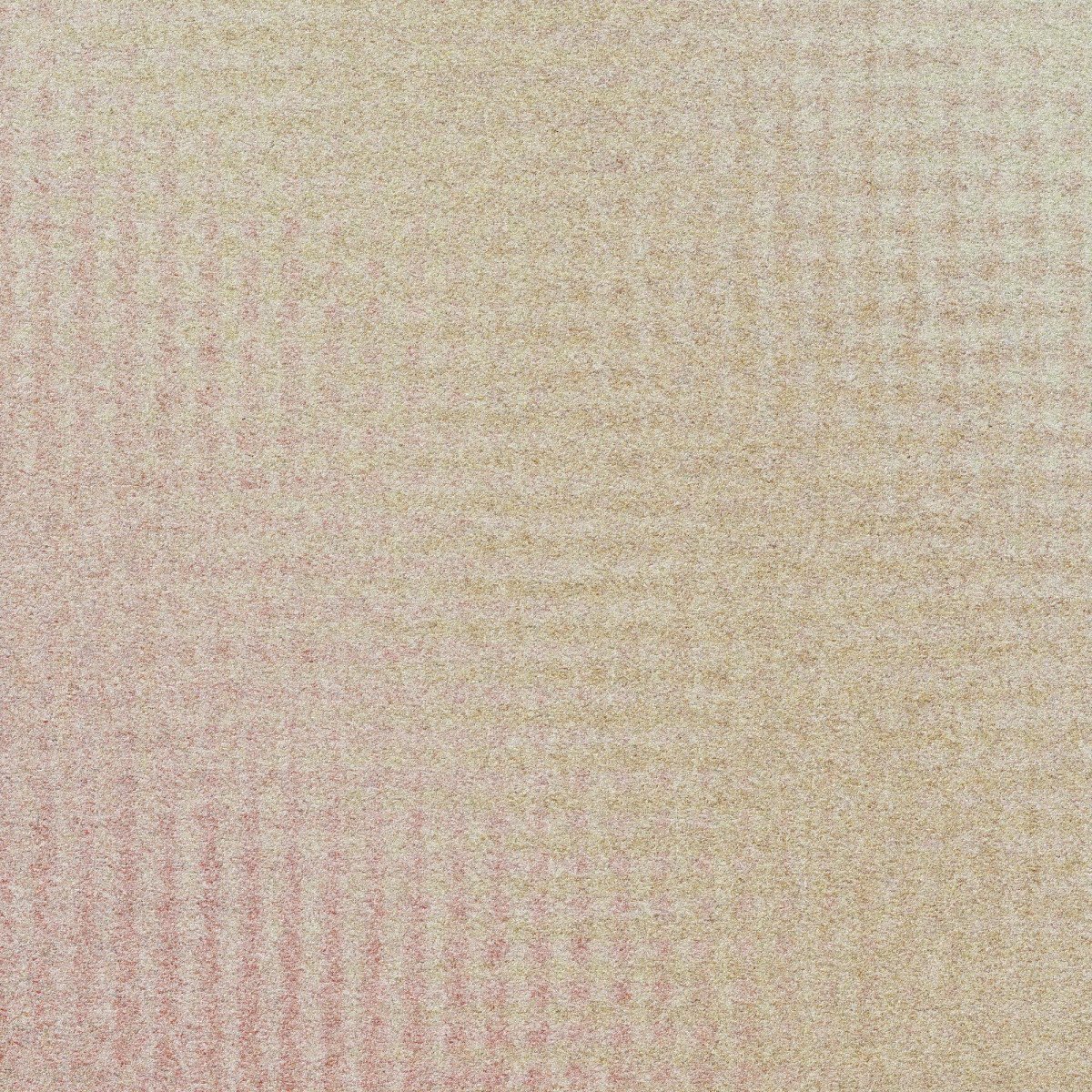I still fondly remember the day I stumbled upon an old, leather-bound journal at a yard sale. The layers of weathered leather, like the rings of a tree, conveyed years of stories and adventures. It wasn’t just an object; it was a testament to a life lived. Can you imagine the aesthetic beauty of such textural depth in your digital photographs?
Contrary to popular belief, a whopping 87% of professionals agree that texture editing can be the transformative factor that turns a decent photograph into a stunning masterpiece. As a self-proclaimed “texturenerd”, today, we are going to delve deep into the vibrant world of textures in Photoshop, and I promise, it’ll change your relationship with your Photoshopped creations forever.
The Art of Texture
You see, mastering texture in Photoshop is akin to being a painter. Imagine each swirl, each brush stroke adding depth, dimension, and life to a flat canvas. That’s what a splash of texture does to your digital photo. It’s an antidote to the flatness that often results from digital sanitization. “But, where do I start?” you might be asking. Fear not, we’re together in this journey, let’s get our digital brushes wet.
First, let’s unravelling the secret of color grading. It’s your foundational building block, providing the mood and atmosphere, paving way for our textured magic. Just remember, there are no mistakes, only happy little accidents.
Understanding Texture Layers
Kicking off our journey, we shall tread into the realm of Texture Layers. Much like the name hints, Photoshop lets us superimpose textures onto our primary image through layers, intriguing, isn’t it?
Picture this in your mind’s eye; you’re an artist, carefully mixing paints, thoughtfully brushing them onto the canvas layer by layer, until ‘Voila! A mesmerizing masterpiece unfolds. That’s how texture layers work. You’re the artist; the digital photograph is your canvas, and Photoshop is your palette full of numerous textures waiting to be discovered.
Adding Your First Texture
Exhilarated to add your first texture? Excellent! Camaraderie helps make the journey worthwhile. Here’s how: go to “File”, then to “Place Embedded”. You’ll find Photoshop’s vast library of textures. Choose one akin to the crackled leather of the journal we imagined earlier. Suddenly, your flat picture shall no longer be one-dimensional. Just like our journal, it now bears the marks of a life lived, a tale waiting to be told.
Manipulating your Texture
And just when you thought the fun was over, let me tell you, it’s not even half over. We have a whole universe to explore. The texture you just plotted is fully customizable. Yes, you heard me right! Adjust the opacity, change the color model, or apply blending options; the digital world is our oyster.
Click on ‘Layer’, then head to ‘Layer Style’, followed by ‘Blending Options’, and there we are. Looking at all those options laid across your screen, aren’t you a little overwhelmed? Trust me; we all have been there. A pro-tip: To start, try switching to ‘Overlay’ or ‘Soft Light’ mode. You’ll see your texture melding into the base photo, infusing life into it, and creating something truly exceptional.
Texture is an Art form, not a Science
In the end, becoming a texture master is all about creativity and constant experimentation. Let your imagination run wild. Sometimes, you might find the result breathtakingly wonderful, sometimes not. But isn’t that just like the journey of life? Embrace the unpredictability and fall in love with texture – your secret key to transforming good photographs into spectacular ones.


0 Comment